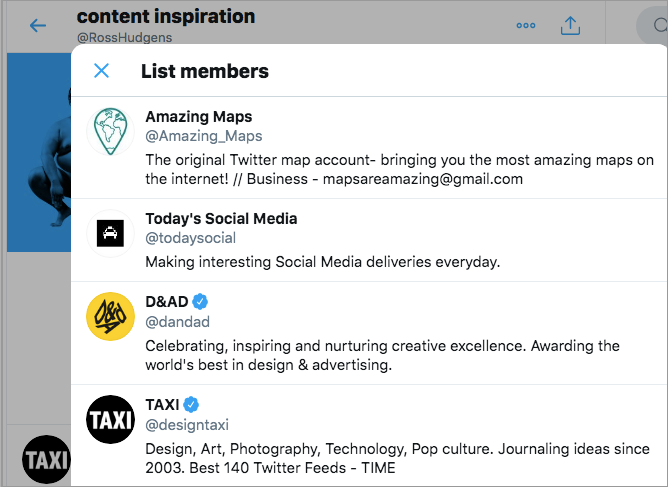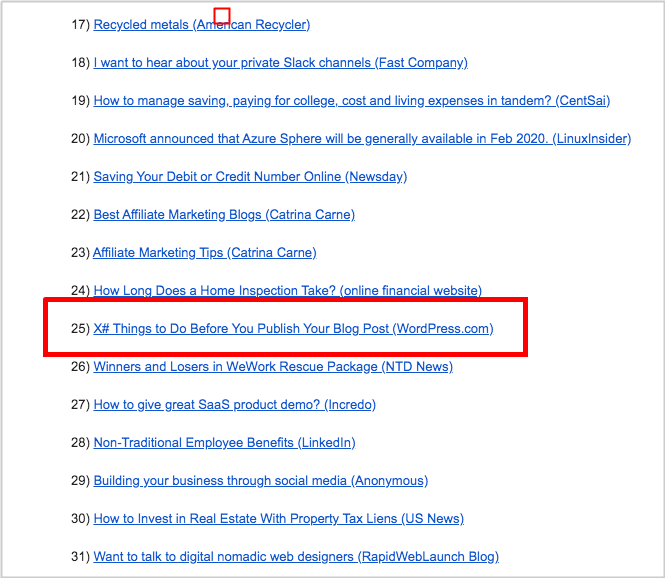by Venchito Tampon Jr | Last Updated on June 28, 2023
There are two ways to build your brand through content marketing:
Start producing 10x content on your blog or get your articles published in other websites’ publications.
In this post, we cover the latter.
In this article, you’ll learn how to get articles published in major publications in four steps:
- Start building your writing portfolio
- Choose publications to write for
- Pitch yourself to become a contributor
- Write content for their audience
How to Get Articles Published in Major Publications
This process isn’t a sure-fire formula to success, but it will give you chances to land on big publications.
Let’s start this simple process.
1. Start building your writing portfolio
Big publications will either invite you to write for them (that depends on your authority and expertise built on the subject) or become a contributor by pitching yourself.
I vouch for the latter because that’s something you can control.
However, you can’t pitch yourself to write for a publication without any samples of your writing.
Accepting opportunities is easier when your prospects know the quality of your content.
Also, having your editorial links link to your blog’s main content from your guest posts would be efficient — if you have content assets ready on your blog.
So, start writing for your blog. Make it as 10x content as possible. Always think of its intended purpose of using it as your portfolio when pitching other publications.
10x content creation involves having experts or industry practitioners write for your blog. That said, if you haven’t had one available in your team, you may have opted for this option:
Hire domain experts to write for your blog or other blogs.

An article about health written by a freelance writer is different from an article crafted by someone who has 10 years of experience in the medical field.
The latter content comes from first-hand experience. The article includes examples, tests, own versions of examples, and other things that will make it easy to convince readers to finish the content. The web piece adds tremendous value to the readers.
The cost of hiring a domain expert who can write for you depends on their expertise, their vertical, length of content, and other content factors. In our experience, it can start at $100 going up to $2500 per content piece, even higher for the highly technical fields.
It is best to consider the expert’s writing portfolio, not only his or her writing capability.
If he has written multiple articles for different niche publications, hiring him as a domain freelance content creator for your target blogs would be worth hundreds of dollars.
Now, that’s how you start to build your writing portfolio.
2. Choose publications to write for
You can’t choose to write to all the publications in your industry.
Being selective is necessary so that you can build momentum over time.
What are the things you have to consider?
Check publications’ target audiences
Choose publications that match your target audience.
This is a no-brainer, yet many brands fail to identify their audiences and aggressively pitch publications immediately.
Even if you land an opportunity for an authority blog, the odds of returning their audience to your site decrease.
So start knowing who you want to write for.
In cases when you’re in a very specific niche, there may be limited publications to get your articles published.
Not all industries have many writers, publishers, and content creators. Some have a high demand for publications — mommy, local, etc. Some verticals have just a handful of publications to pitch to.
One recommended option is for you to target shoulder niches.
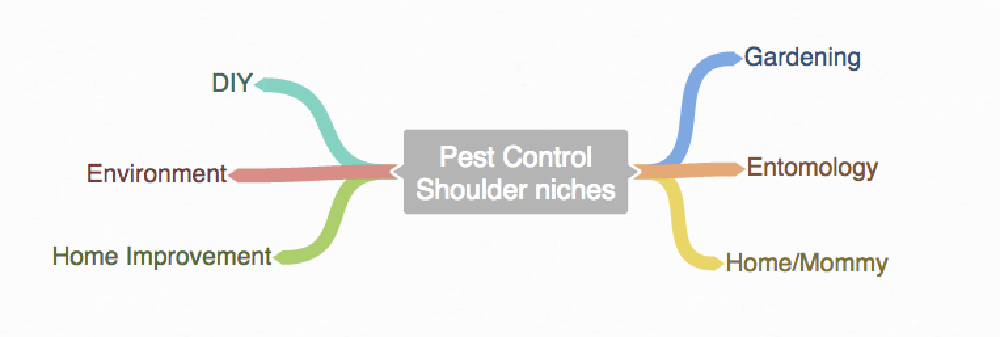
Shoulder niches are a basic idea of Brian Dean wherein you find niches that you can tap into for a guest blogging opportunity.
Check publications estimated organic traffic
If your intended purpose is to write for other niche major publications, you want to ensure you get the most value from it — basing it on the website’s ability to drive readers to your brand.
Use Ahrefs, or SEMRush to check the publication’s estimated organic traffic.
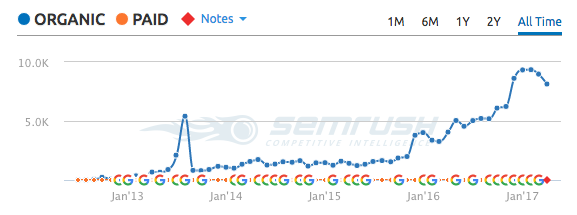
Majestic offers the ability to discover the exact category of the website. This will help you assess whether it fits your brand well.

Check publications engagement
This is an additional factor you can consider. Given that not all blogs or publications have high community engagement, where people post their own insights through the comment sections, it is still a good metric for assessing major publications to get your articles published.
Check publications requirements for contributors
Every publication has different requirements for its contributors — whether you wish to submit a one-time off article or become a regular contributor.
You have to know this because even before you send an outreach email to the publisher, you can gauge your chances of placing an opportunity.
Are they looking for industry practitioners who have had several articles written already? What topics of expertise are they looking for?
Even the minimum number of words required for each article will help you estimate your cost budget if you wish to hire domain experts to work with you.
All these things can be seen in the contributor pages of a publication. So check that first before you pitch them.
3. Pitch yourself to become a contributor
The pitching process is challenging to get your articles published in publications.
The reason is very simple: if you can’t prove to yourself you’re worth a try to contribute an article, you miss the opportunity.
That’s not to say you can’t pitch again, but by doing it once, you should give your best try as much as possible.
Since publications receive tens or hundreds of guest blogging pitches daily, they already have ways to figure out which ones are worth a response. Some publications require an exact phrase to include in the subject line of an outreach email — this filter out any mediocre outreach emails.
On value proposition and personalization
Always do your research about the publication. Know the publication’s needs regarding content and topics they care about.
You can’t hit and miss every time.
Begin thinking of value proposition by providing better topics when doing outreach for guest blogging. You can find any content gaps in the industry that you (your team or your domain writers) can create content. You can check out my detailed entire process of content gap analysis.
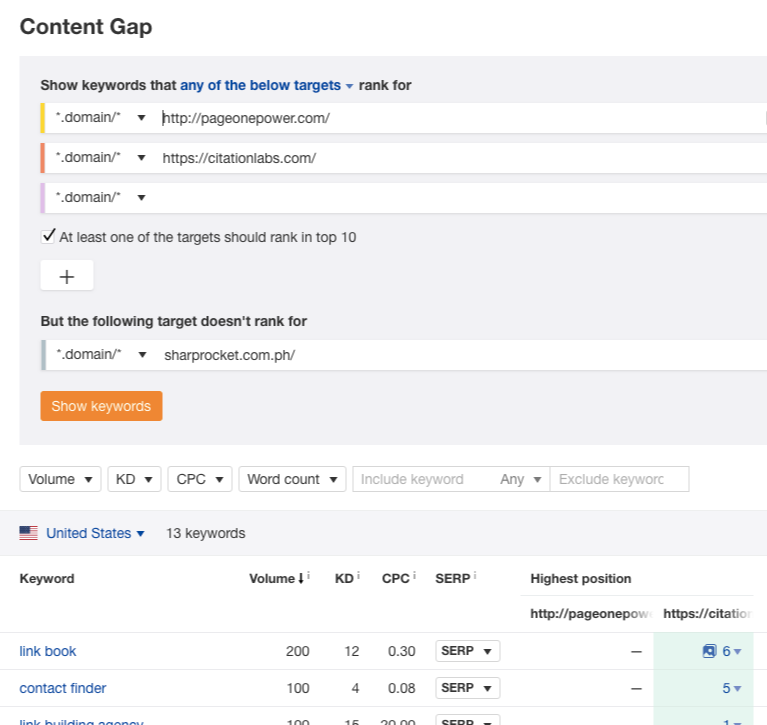
Be highly targeted when pitching. Doing so may take a couple of minutes, but it would be worth your effort if you land one or two in your initial campaign.
Based on Pitchbox email outreach study, personalization for subject lines can boost the response rate of emails by 30.5%, while personalizing the body of email content can have a 32.7% better response rate than those emails without any personalized messages.
Remember, to get better outreach placement rates, start offering a ton of value to whom you’re pitching.
Use domain outreach persons to scale outreach campaigns
Remember hiring domain experts to write for your blog or other publications?
It’s also the same process you can take when scaling outreach campaigns. But this time, for setting up an effective outreach campaign.
Consider creating your own outreach persona with multiple effects for niche-related clients/ brands. Specifically, you can tap into that outreach person for every relevant client, as this has enough writing credibility to get into someone’s publication.
Test pitching to assistant editors and support functions of publishing teams
One tip for increasing response rates is to look for emails of assistant editors of the publication, not just emails of main writers, authors, or publishers.
The reason is that assistant editor normally have the function of filtering emails referring to any publication matters. They know which and which is for publication. Therefore, those people are more responsive to emails about content contributions.
4. Write content for their audience
Once the publisher approves your topics, it’s time to write the content.
Overall, the content you should be writing depends on the terms, agreements, and requirements of the editor.
Content assets that are customized, experiential, and expertise-driven can get articles submitted to major publications.
Doing so requires some inspiration.
One tip is to list websites to inspire and help you generate content ideas, format, and style for your industry.
Create your own public or private Twitter list of websites generating the best content in your industry.
Other Ways to Get Your Articles Published on Publications
Besides pitching to become a contributor for major publications, you can apply other methods to get the same exposure on those sites.
HARO
You can check out my extensive guide on using HARO effectively. It is a solid tool for anyone seeking free opportunities (mentions and links) on relevant content publishing websites.
Interviews / Round-ups
Link roundups aren’t dead. It’s such that most of the roundups published in many industries aren’t generating engagement from readers as they used to.
One of the primary reasons is the sub-par quality content creators make when curating answers from experts and influencers in their industries. A few examples are:
- One generic question was thrown at, so the likelihood of the interviewees’ answers’ similarities will be higher. Without it being curated well, there is high friction of less engagement to consume the entire blog post.
- Topics chosen have been generated multiple times (e.g. SEO tips, link building tips, real estate tips, success tips to __, etc..). The content length is at a maximum level, yet repeated topics won’t satisfy the readers anymore.
Start looking for roundups that offer great value to your intended audience. HARO now has opportunities for round-up-style contributions. Assess the quality of the possible roundup content, the type of questions, and what types of blogs they’ll be published.
Here is an example of a good link roundup: What 15 CEOs Learned Building Top Agencies by ConverxionXL
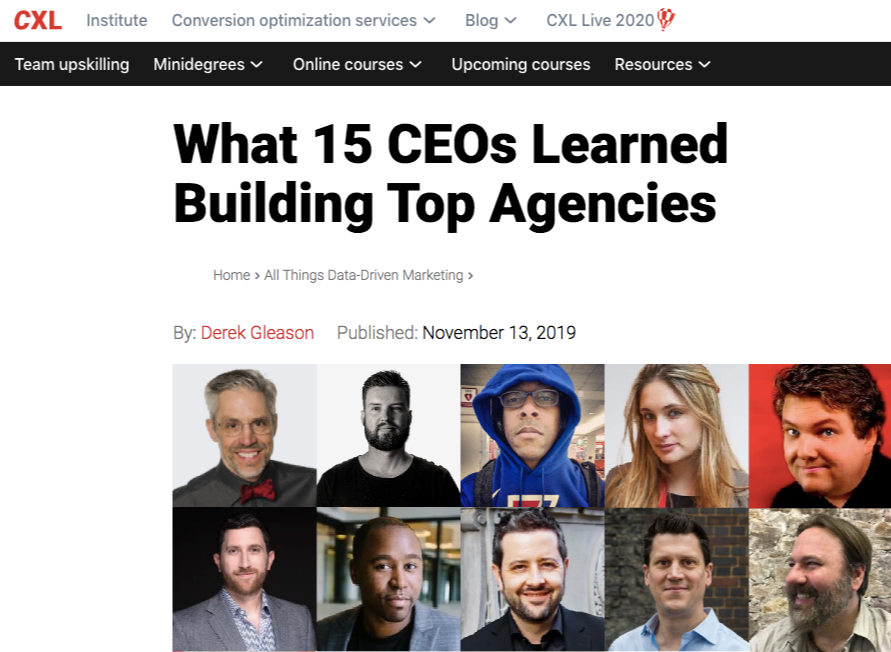
Why did it work?
- Questions were categorized based on the desired flow of the topic (from individual contributor to agency owner, landing that first big client, scaling people, processes, and financial acumen, and marketing an agency that’s lived off referrals).
- Written appropriately in story form with the flow with coherence and consistency on the subject
Further Resources:
Getting Your Articles Published in Major Publications Takes Time
If you are starting to build your brand, start penetrating mid-tier publications. Then embrace higher opportunities once you have a good writing portfolio.
Success in content marketing takes time. It involves a process to eventually reap the benefits of additional branding opportunities, backlinks, and assisted sales.
How to Get Your Articles Published Frequently Asked Questions
How much does it cost to publish an article?
The average cost to publish an article ranges between $100 and $2,500 based on the revenue generated and the total number of published articles.
Is it hard to get articles published?
Yes, it can be challenging to get articles published. Whether you’re a full-time freelancer or an aspiring writer, publishing can be demanding. It requires not just a compelling story and unique writing style but also persistence and perseverance to overcome the obstacles that come with it.
How do I publish my first article?
To publish your first article, follow these 7 tips: choose the right journal, read the submission guidelines, structure your paper properly, write a compelling abstract, thoroughly revise and proofread your work, address reviewer comments effectively, and be persistent. By following these steps, you can increase your chances of publishing your first paper in a journal.
Where can I publish articles for free?
To publish articles for free, you can explore platforms like Medium, a popular site for sharing your writing, or consider utilizing Linkedin Articles if you’re already on the platform. Other options include Publish PDF, Scoop.It, Issuu, Yudo, Article Alley, and PUB HTML5. These platforms provide opportunities to showcase your work without any cost.
The Author
Venchito Tampon Jr
Venchito Tampon is a Filipino Motivational Speaker, Corporate Trainer, and a Leadership Speaker in the Philippines. He is the CEO and Co-Founder of SharpRocket, a link building agency. With a decade of experience, Venchito has a proven track record of leading hundreds of successful SEO (link builidng) campaigns across competitive industries like finance, B2B, legal, and SaaS. His expert advice as a link building expert has been featured in renowned publications such as Semrush, Ahrefs, Huffington Post and Forbes. He is also an international SEO spoken and has delivered talks in SEO Zraz, Asia Pacific Affiliate Summit in Singapore, and Search Marketing Summit in Sydney, Australia. Check out his other businesses, Hills & Valleys Cafe, Blend N Sips and Saas Pursuit.
How our LINK BUILDING AGENCY builds 250 links/mo consistently using Predictable Link Building Methodology™…
- Using a SIMPLE and PROVEN system
- Using a SCALABLE strategy
- No private blog networks
- No creepy outreach emails
